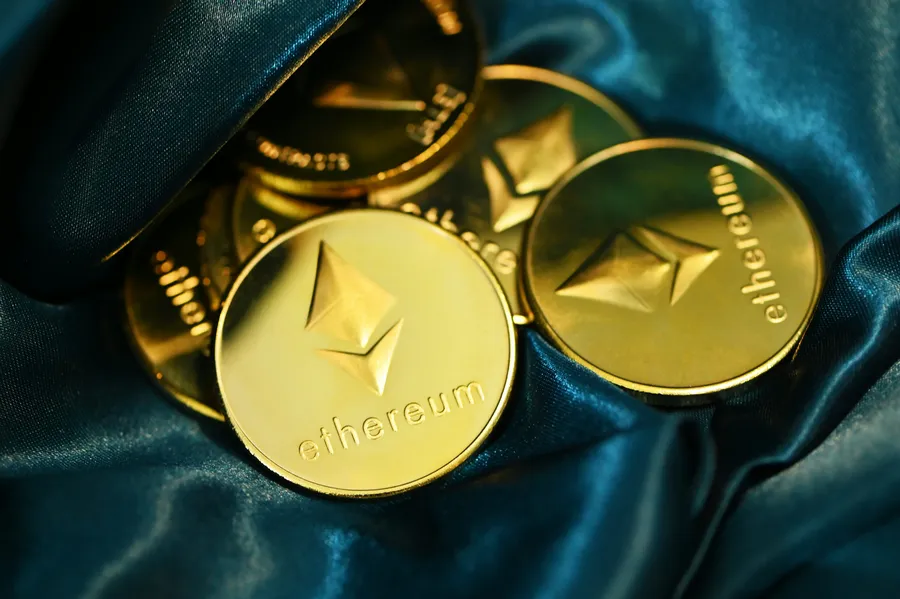What is Solana (SOL) Cryptocurrency Token? — Solana, High Speed, Blockchain

Title: The Hype, Reality, and Security Risks Behind Solana – A Seasoned Crypto Security Expert Speaks Out
Introduction:
Hi there, I’m Valerii Wilson – a seasoned crypto security expert with more than a decade under my belt. I’ve seen countless hacks, bugs, NFT scams, and key leaks that would make your eyes roll back into your head. Today, we’re going to dive into Solana (SOL), the so-called “high-speed blockchain” that’s taken the crypto world by storm. We’ll talk about its hype, reality, and most importantly, the security risks you need to be aware of before diving in headfirst.
H2: Understanding Solana – The Hype
The first thing you should know is that Solana is a high-performance blockchain designed to compete with Ethereum. It’s built on an innovative architecture using proof-of-stake consensus, allowing it to process transactions at blazing speeds of up to 50,000 per second. That’s more than VISA’s reported average transaction rate of 2,000 per second. This speed and scalability have caught the attention of many investors and developers, fueling a massive hype train around SOL tokens.
H2: Peeling Back the Hype – The Reality
While Solana is undoubtedly impressive, its security has been called into question repeatedly. Its consensus algorithm relies on a clock to keep nodes in sync, but this clock can sometimes go haywire, causing the network to grind to a halt. We saw this happen back in September 2021 when the platform experienced multiple outages due to what’s known as “clock drift.”
Then there’s the issue of centralization. A handful of validators control the majority of the network’s stake, raising concerns about potential attacks or collusion. It’s essential to remember that decentralized doesn’t always mean secure – just look at what happened with Terra (LUNA) and its core developers last year.
H2: Unmasking Solana’s Security Risks
Now let’s dive into the real reason we’re here – exposing the security vulnerabilities behind Solana. First off, let’s talk about the “Ghost” exploit that hit the Solana ecosystem back in January 2022. A bug in a widely used smart contract allowed attackers to mint billions of dollars’ worth of fake tokens, leading to a temporary suspension of trading on popular decentralized exchanges like Raydium and Serum.
Then there are the constant phishing attacks targeting Solana users. In one such incident, hackers managed to steal $8 million worth of SOL tokens by tricking victims into signing fraudulent transactions. These incidents highlight a critical issue with many blockchains: they’re only as secure as their weakest link – often, that’s the user themselves.
H2: Smart Contract Risks – Lessons from History
We can learn valuable lessons about smart contract risks by looking at previous hacks and bugs in the crypto space. Remember The DAO attack in 2016? Hackers exploited a vulnerability in the smart contract code to steal around $50 million worth of Ether (ETH). Or how about Parity’s multi-sig wallet bug in 2017, which effectively locked up $150 million in ETH and other tokens?
The point I’m trying to make here is that smart contracts are complex pieces of software that require rigorous testing and auditing. Yet many developers rush them into production without adequate security measures, leaving users exposed to potential exploits.
H3: Simplifying the Complex – The Analogy
Imagine you’re building a house using LEGO bricks. You can build something amazingly intricate and beautiful, but if you don’t follow the instructions or check for errors, your house could come crumbling down around you. That’s essentially what happens with smart contracts – they’re intricate pieces of code that require careful attention to detail and thorough testing to ensure they function as intended.
Conclusion:
Solana has undeniably made waves in the crypto world thanks to its high-speed transactions and innovative architecture. However, it’s crucial to understand the reality behind the hype: centralization issues, security vulnerabilities, and smart contract risks. As a seasoned security expert, I urge you to approach Solana with caution, just as you would any other investment or technology. Always do your due diligence, seek out reputable audits, and educate yourself about potential pitfalls. Remember, in the world of crypto, there’s no such thing as a free lunch – or a perfectly secure system.
About the Author:
Valerii Wilson is an experienced cybersecurity expert with over ten years in the field. As a smart contract auditor and security consultant for numerous blockchain projects, she has witnessed firsthand the challenges and pitfalls of decentralized technology. Her blunt honesty, sarcasm, and no-nonsense approach to education are aimed at helping others navigate the complex world of crypto with their eyes wide open.









